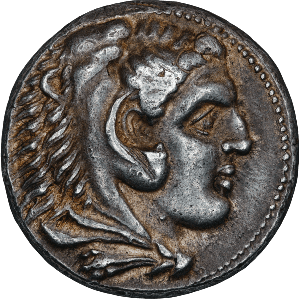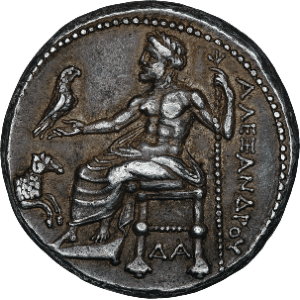If you flip an ancient coin over and observe the orientation of the obverse design relative to the reverse design, you may notice that the two sides are not aligned in the same direction. The reverse may appear upside-down relative to the obverse, or orientated at any angle between 0 and 360 degrees,
This orientation is referred to the Die Axis and is expressed in terms of hours on a clock. If a coin has a die axis of “6h”, this means when you look at the obverse and flip the coin over, the reverse is upside-down as it will be pointing towards 6 o’clock if you had an imaginary clock face superimposed over the coin.
The chart below shows the distribution of die axis values across my collection. The longer a segment on the chart is, the more coins have a die axis of that value. The segments are also arranged like a clock face, starting with “12h” and going around in a clockwise direction.


